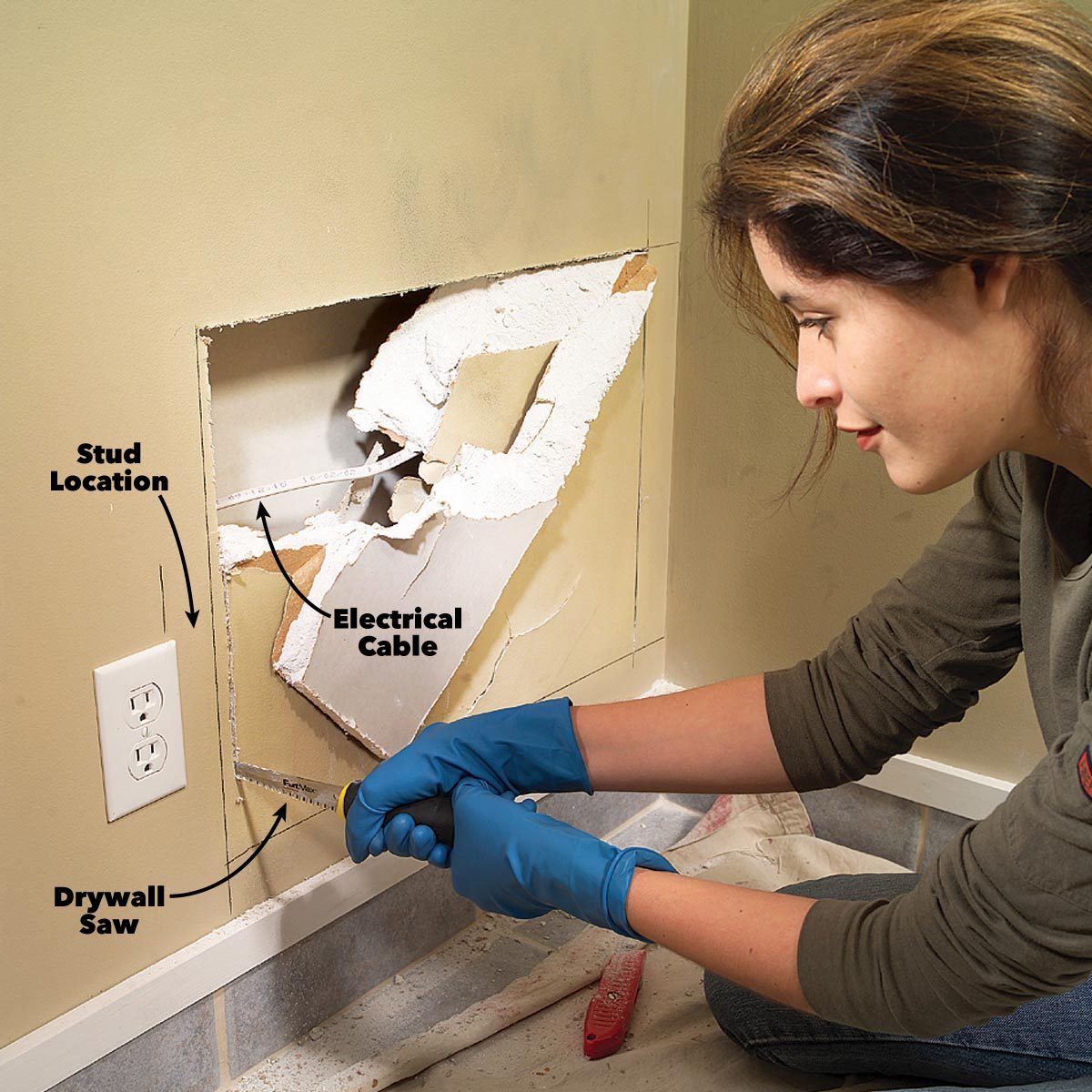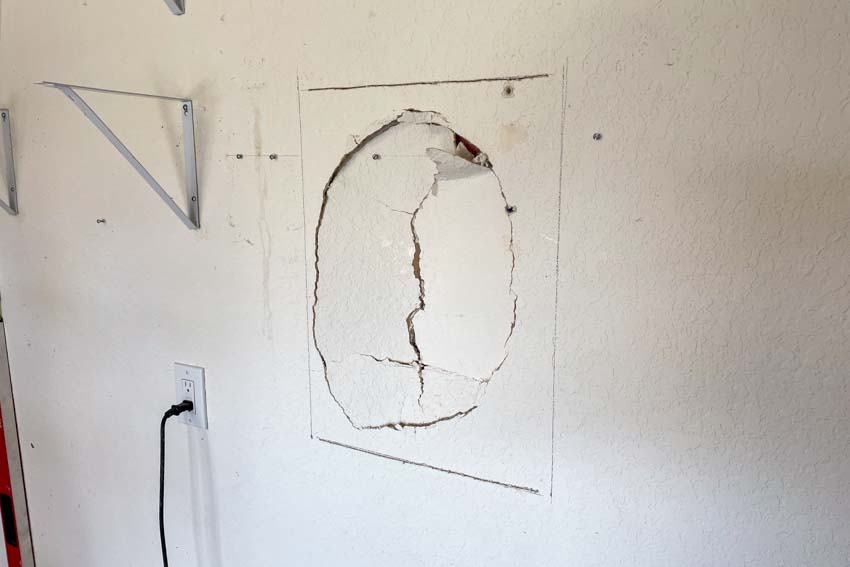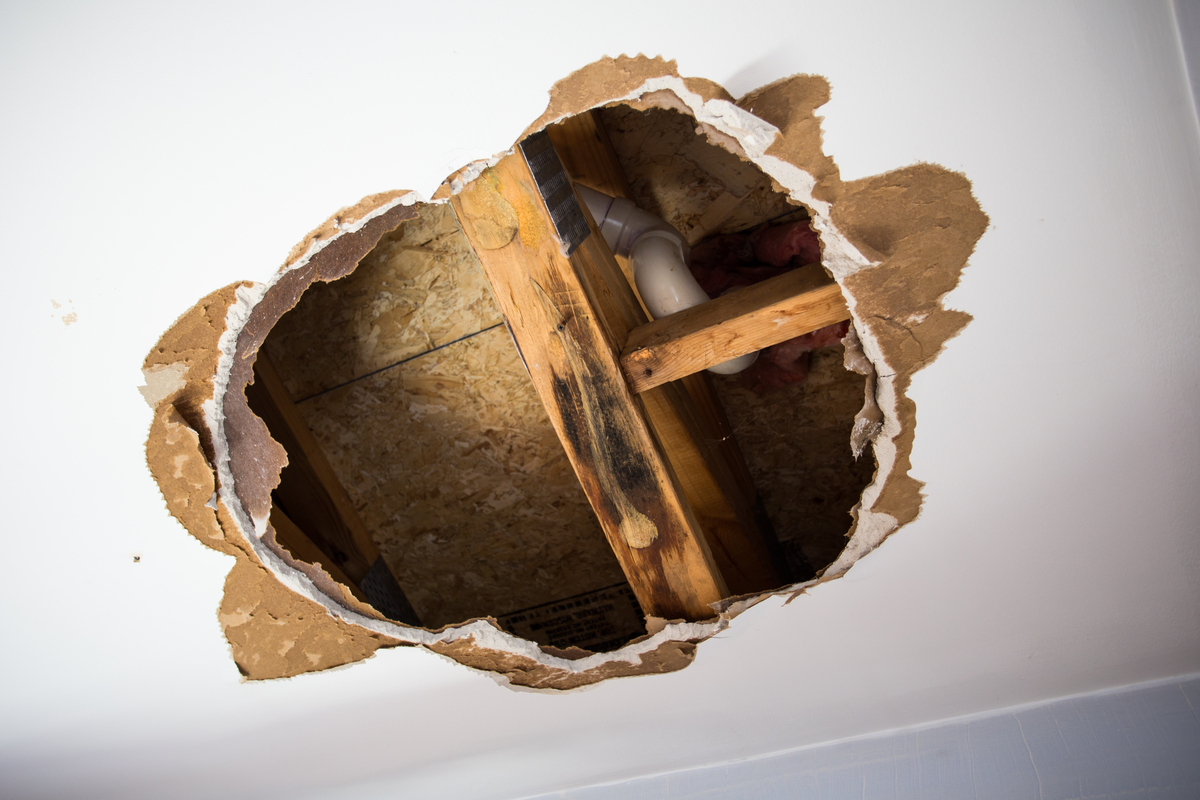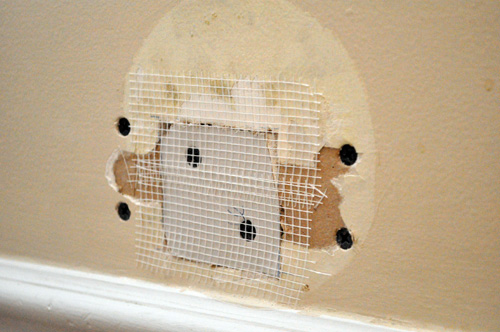How To Fix A Baseball Sized Hole In Drywall

A baseball careening through drywall is a homeowner's nightmare, but repairing the damage is often a manageable do-it-yourself project. With the right tools and techniques, a baseball-sized hole can be patched and painted to seamlessly blend with the surrounding wall.
This article provides a step-by-step guide on how to repair a baseball-sized hole in drywall, offering practical advice for homeowners seeking to restore their walls to their original condition. The process involves preparing the area, patching the hole, and finishing the surface.
Materials and Tools Needed
Before starting, gather the necessary materials. This includes a utility knife, drywall saw, drywall patch (or a piece of spare drywall), joint compound (also known as mud), a putty knife (various sizes are helpful), sandpaper (medium and fine grit), primer, and paint that matches the existing wall color.
You'll also need basic tools such as a measuring tape, a pencil, a dust mask, and safety glasses.
Step-by-Step Repair Guide
1. Prepare the Area
Begin by carefully removing any loose or crumbled drywall around the hole using the utility knife. This creates a clean, stable surface for the patch to adhere to.
Next, use the drywall saw to enlarge the hole into a square or rectangular shape. This provides straight edges that make patching easier and more effective.
2. Create Backing (If Needed)
For larger holes, creating backing is crucial for providing support to the patch. Cut a piece of wood slightly larger than the hole and insert it into the wall cavity. Secure the wood to the existing drywall using screws.
This creates a solid anchor point for the patch.
3. Apply the Patch
There are two main methods for patching: using a self-adhesive drywall patch or cutting a piece of drywall to fit the hole. For smaller, baseball-sized holes, a self-adhesive patch is often sufficient. Simply peel off the backing and apply the patch over the hole, ensuring it's centered and firmly pressed in place.
For a drywall piece, measure and cut the new drywall to the correct dimensions. Apply joint compound to the back of the drywall piece and fit it into the prepared hole. Press firmly, ensuring the patch is flush with the existing wall.
4. Apply Joint Compound
Using a putty knife, apply a thin layer of joint compound over the patch, extending several inches beyond the edges onto the surrounding wall. The goal is to create a smooth transition between the patch and the original wall.
Let the first coat dry completely (usually 24 hours). Apply a second and possibly a third coat of joint compound, each time feathering the edges further to create a seamless blend. Allow each coat to dry thoroughly before applying the next.
5. Sanding and Priming
Once the final coat of joint compound is completely dry, use medium-grit sandpaper to smooth the surface. Be careful not to remove too much joint compound, focusing on blending the edges smoothly.
Switch to fine-grit sandpaper for the final smoothing. Wipe away any dust with a damp cloth.
Apply a coat of primer to the patched area. This helps the paint adhere properly and ensures a uniform finish.
6. Painting
Finally, paint the patched area with paint that matches the existing wall color. You may need to apply multiple coats to achieve full coverage and blend the repair seamlessly with the surrounding wall.
Safety Precautions
Always wear safety glasses to protect your eyes from drywall dust and debris. A dust mask is also recommended to avoid inhaling drywall dust, which can be irritating to the lungs.
When using a utility knife or drywall saw, exercise caution to avoid cuts.
Conclusion
Repairing a baseball-sized hole in drywall is a project that most homeowners can tackle with confidence. By following these steps carefully and paying attention to detail, you can restore your walls to their original condition and save money on professional repair services. Remember to take your time and focus on creating a smooth, seamless finish.
"Drywall repair is a common home maintenance task," says Bob Vila, renowned home improvement expert, "and mastering these basic techniques can empower homeowners to maintain their homes effectively."


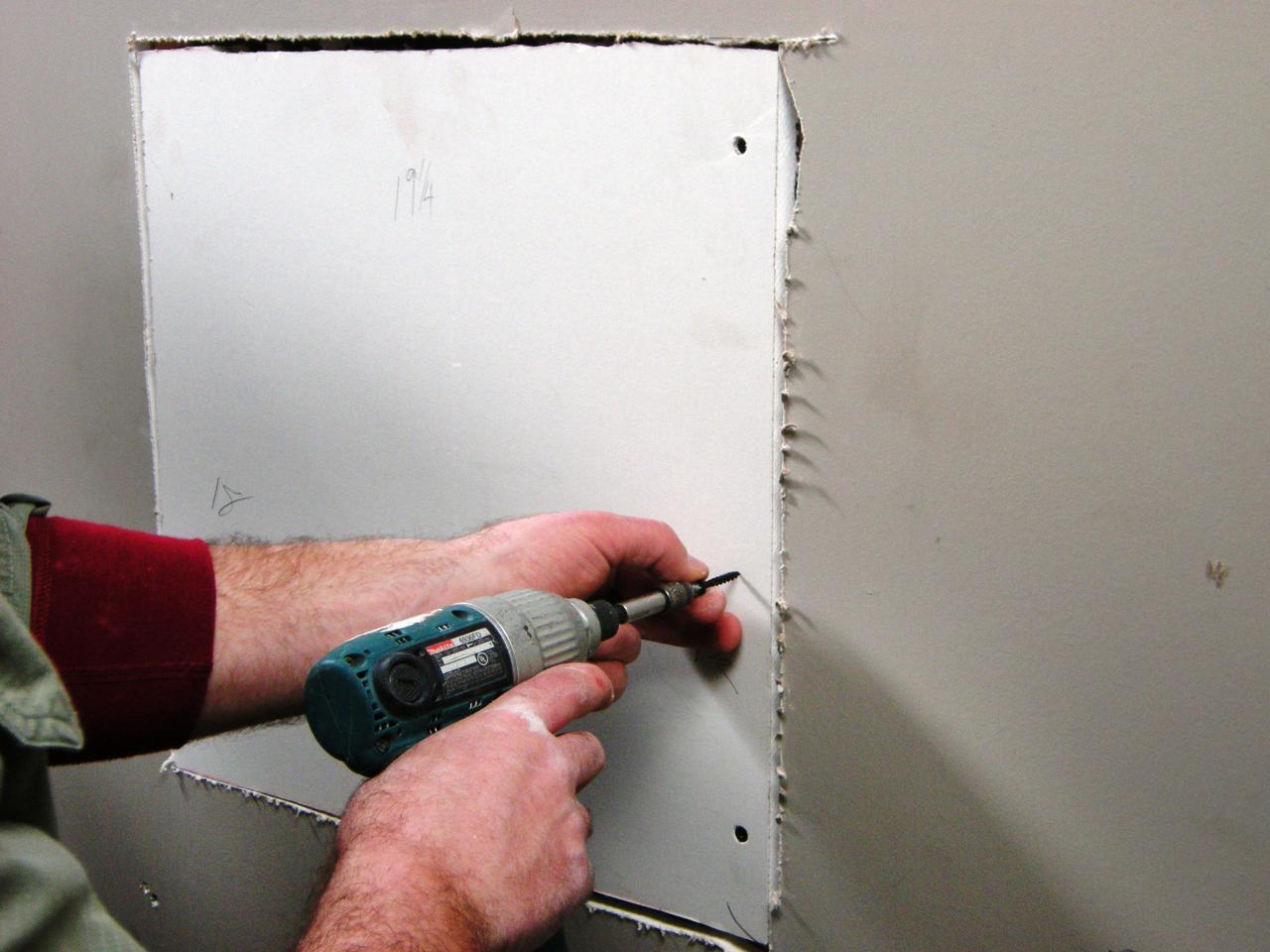


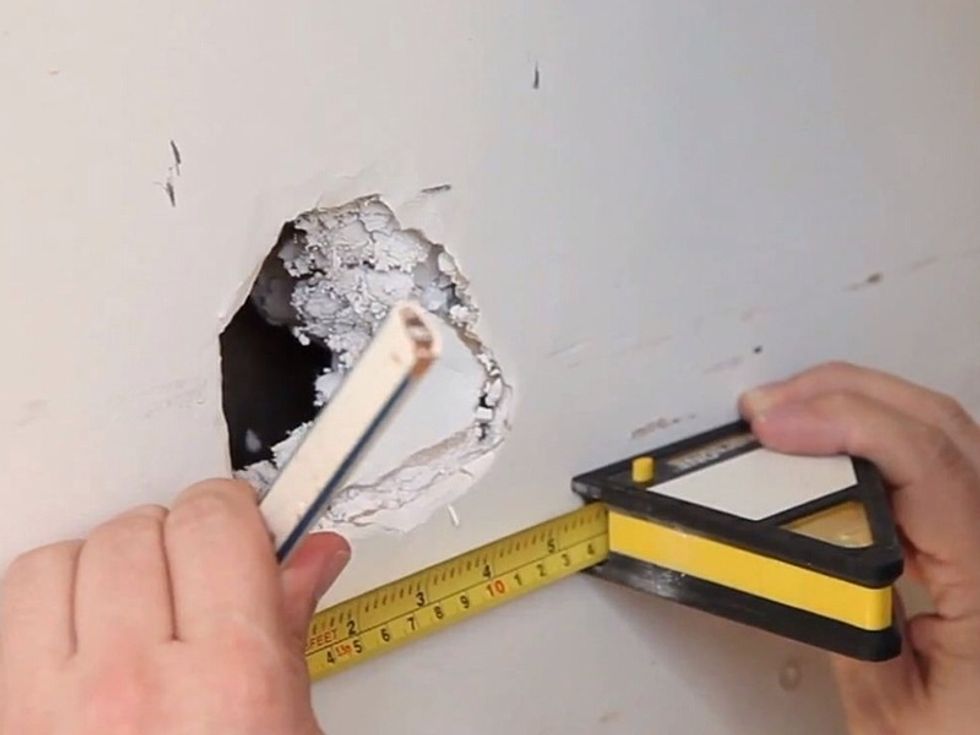

:max_bytes(150000):strip_icc()/repair-a-large-hole-in-drywall-1824831_02_install_backing1544-ef04a931ca54486c9bc1d1dc3818b49b.jpg)
